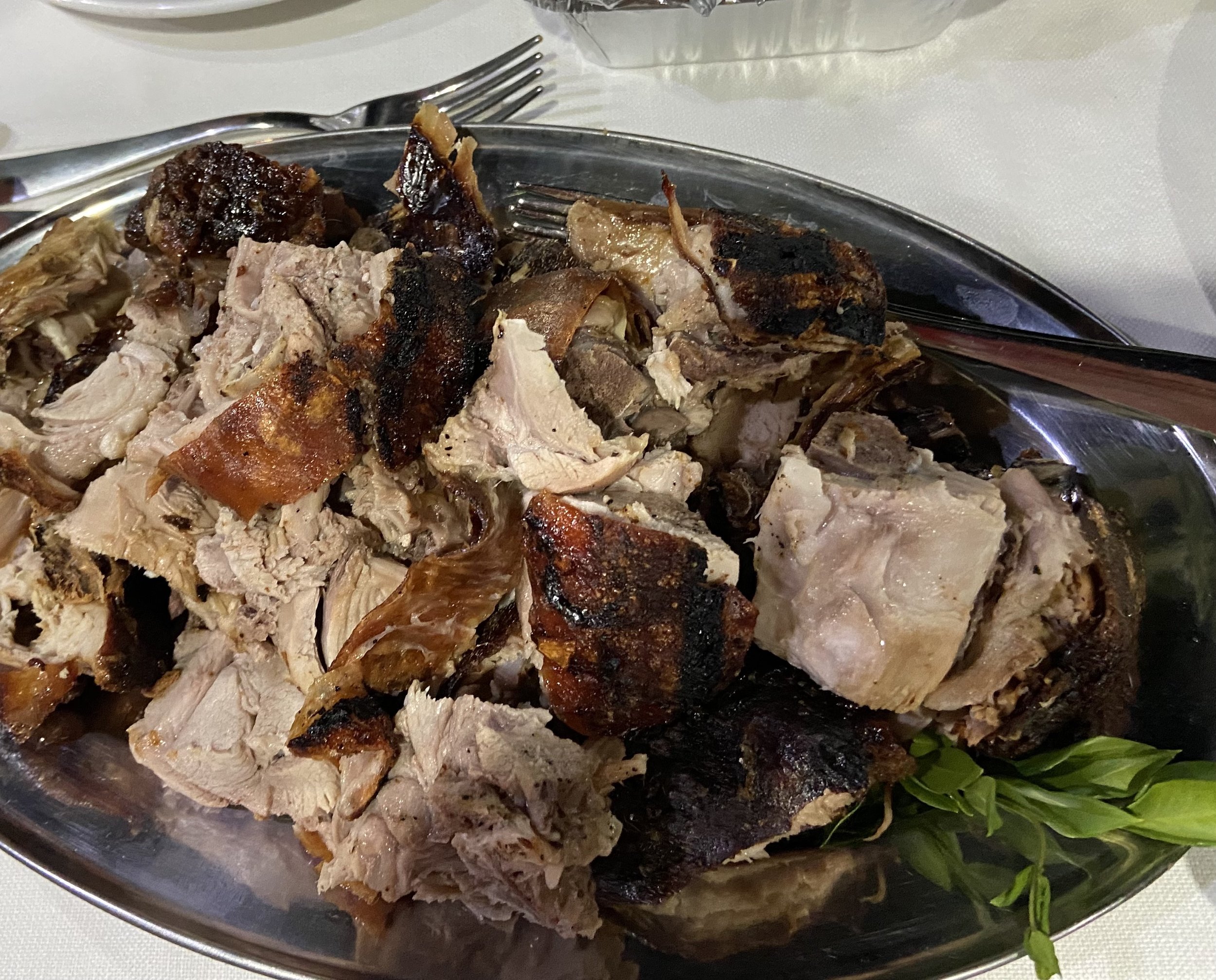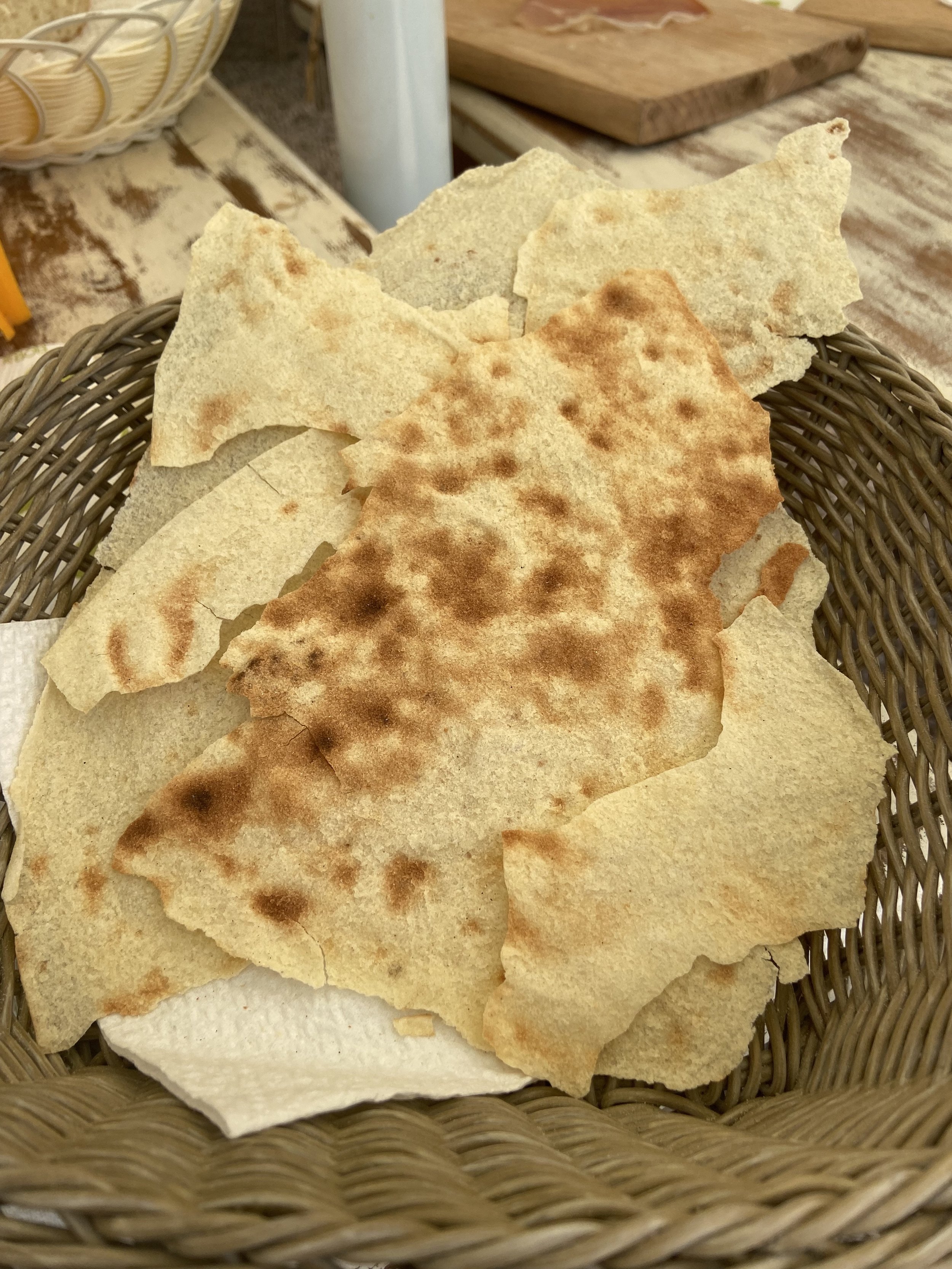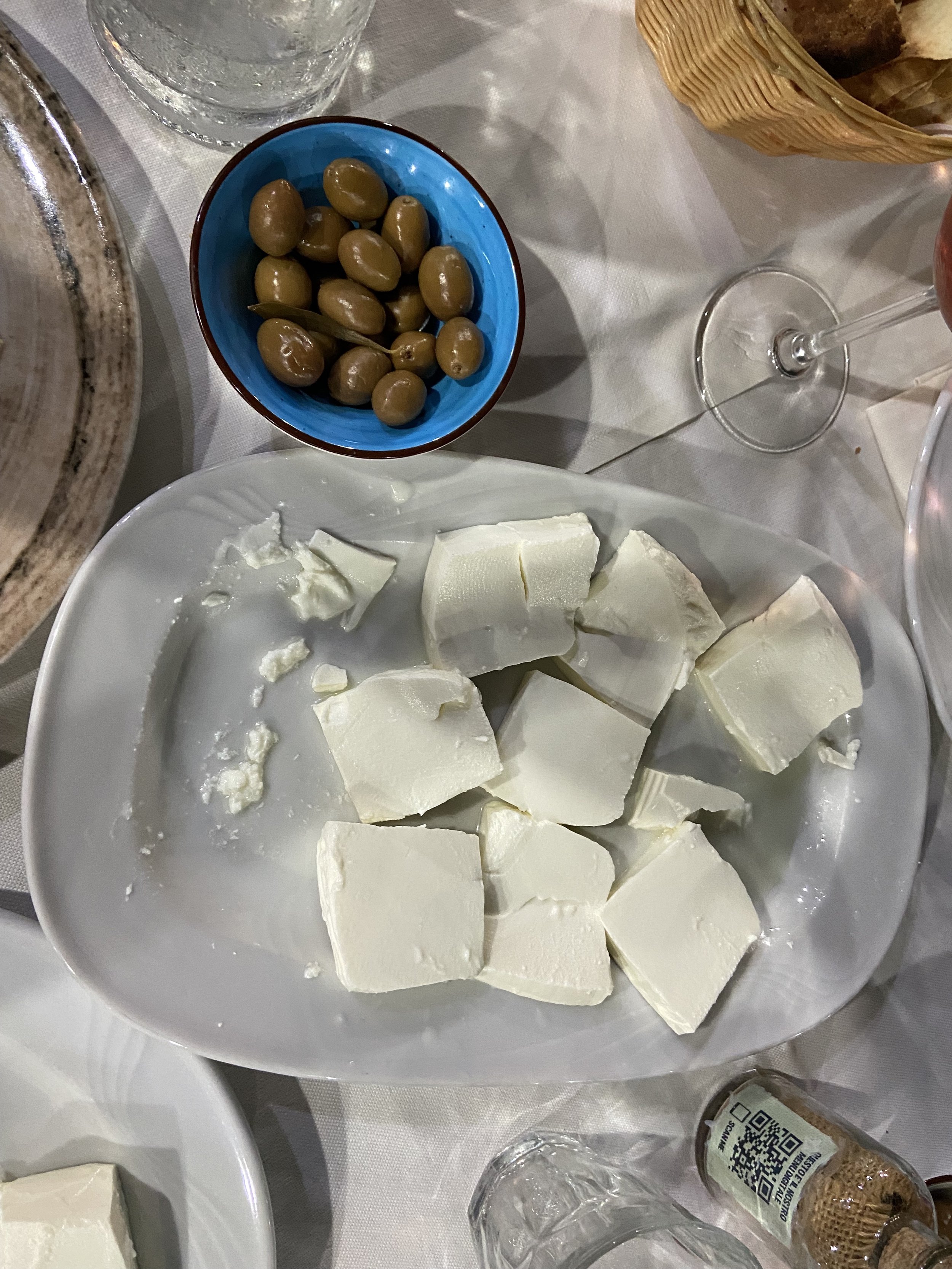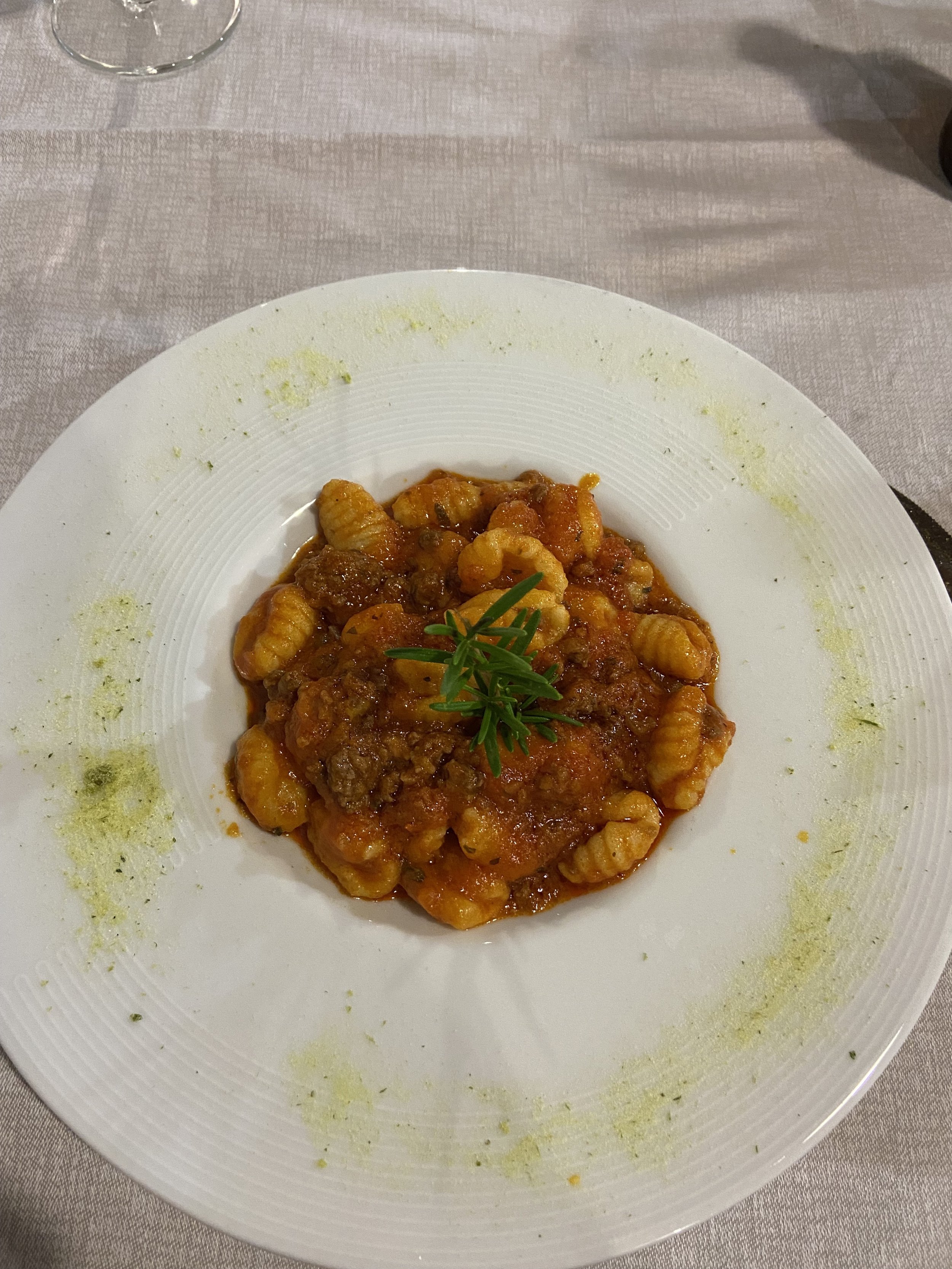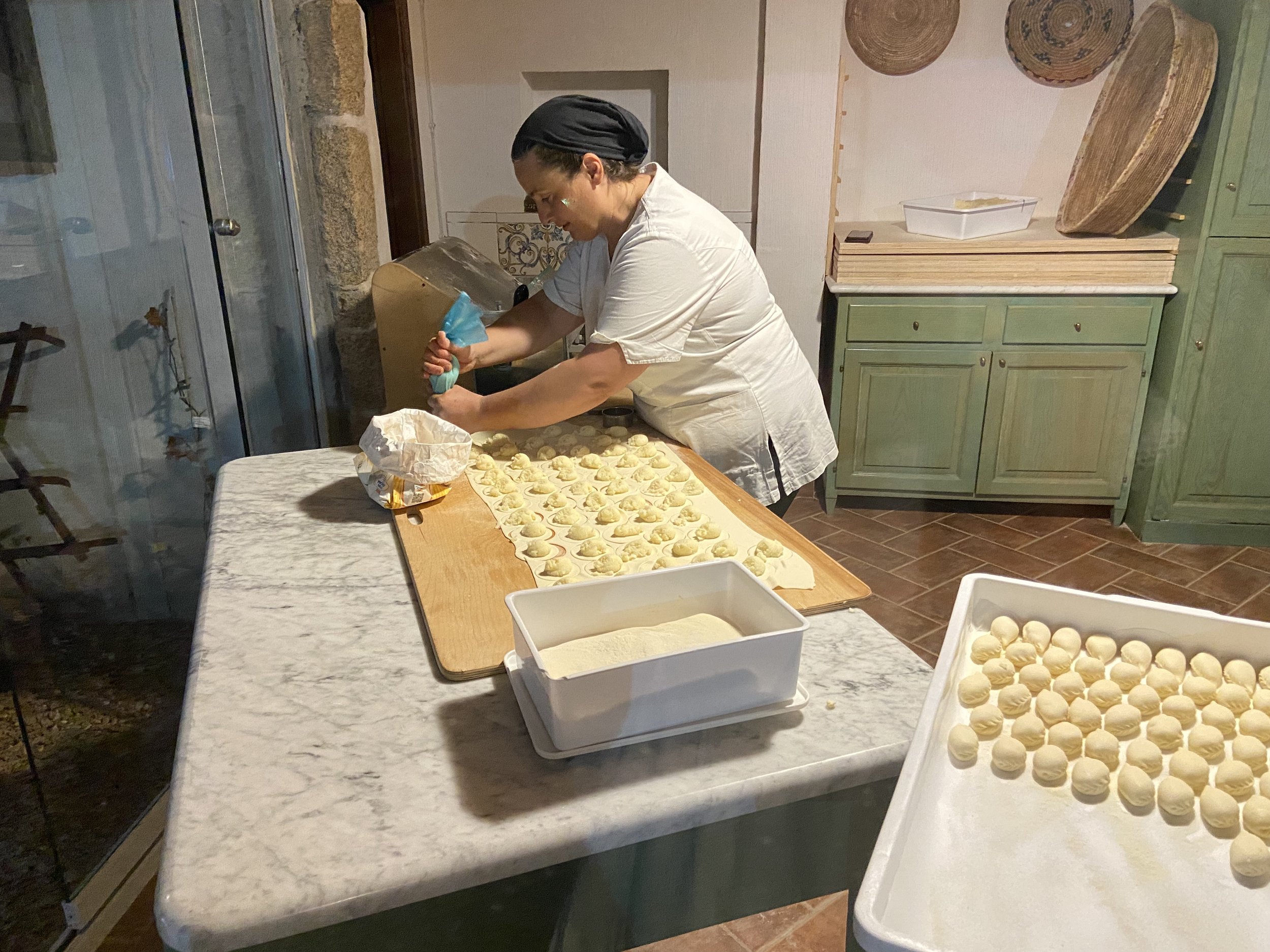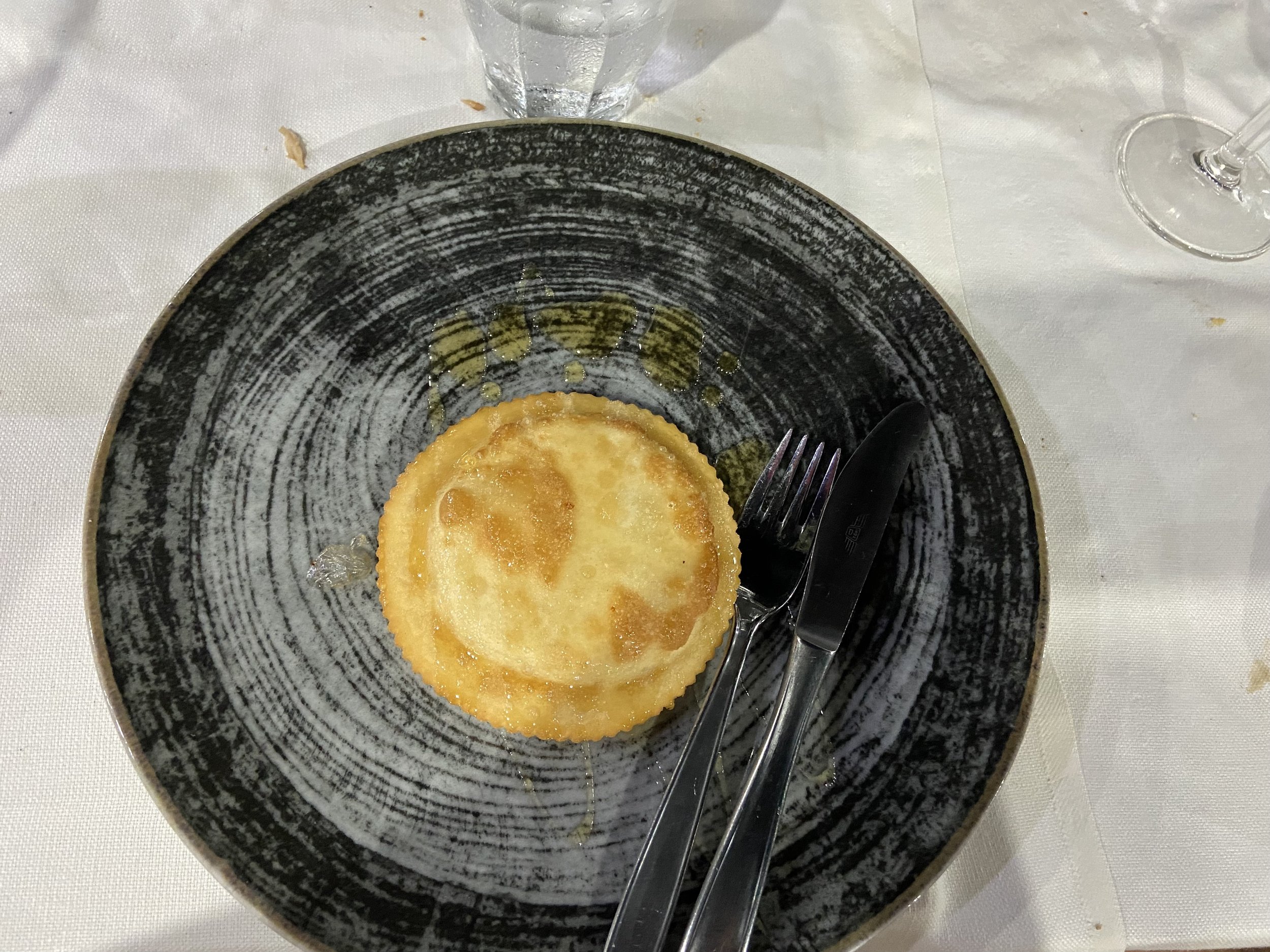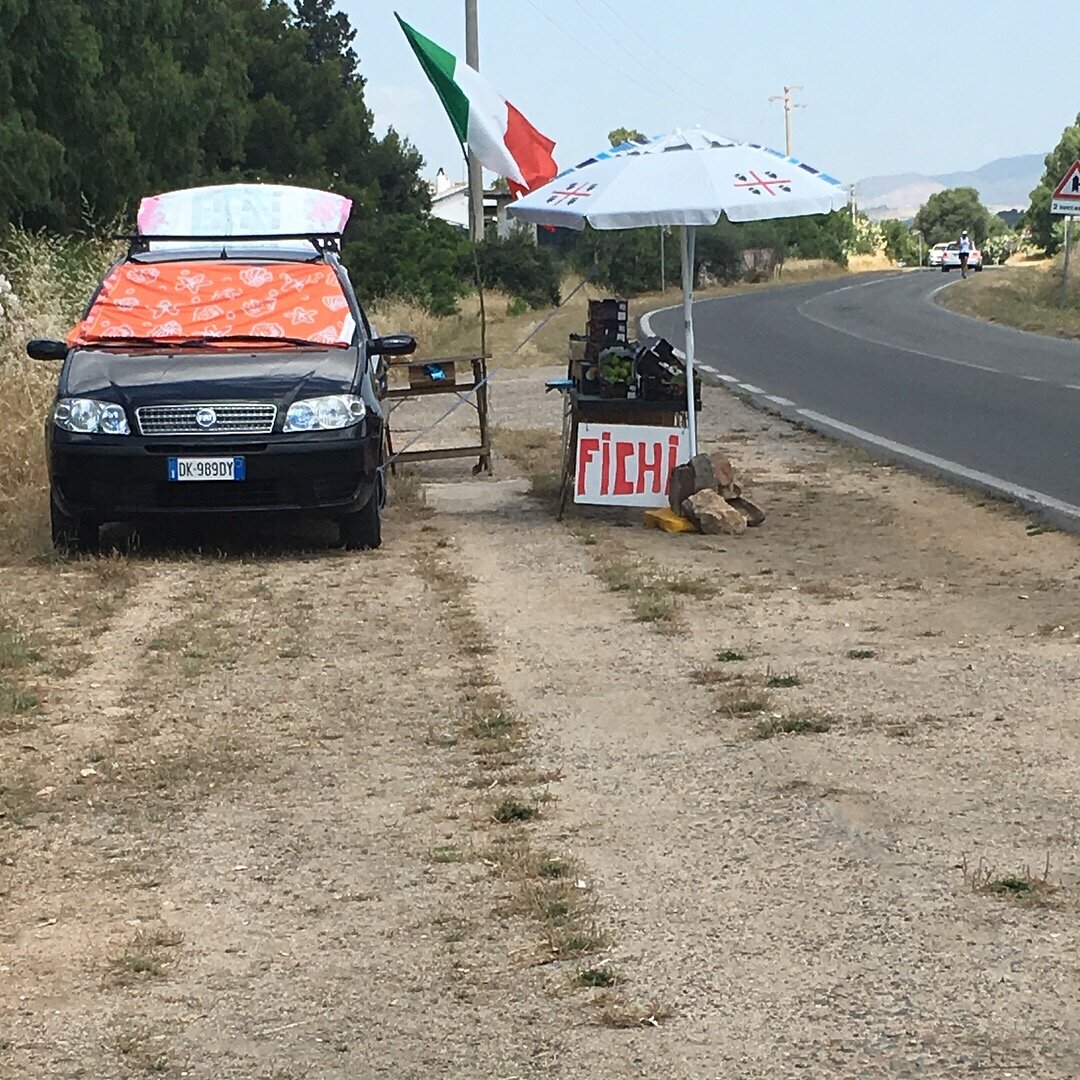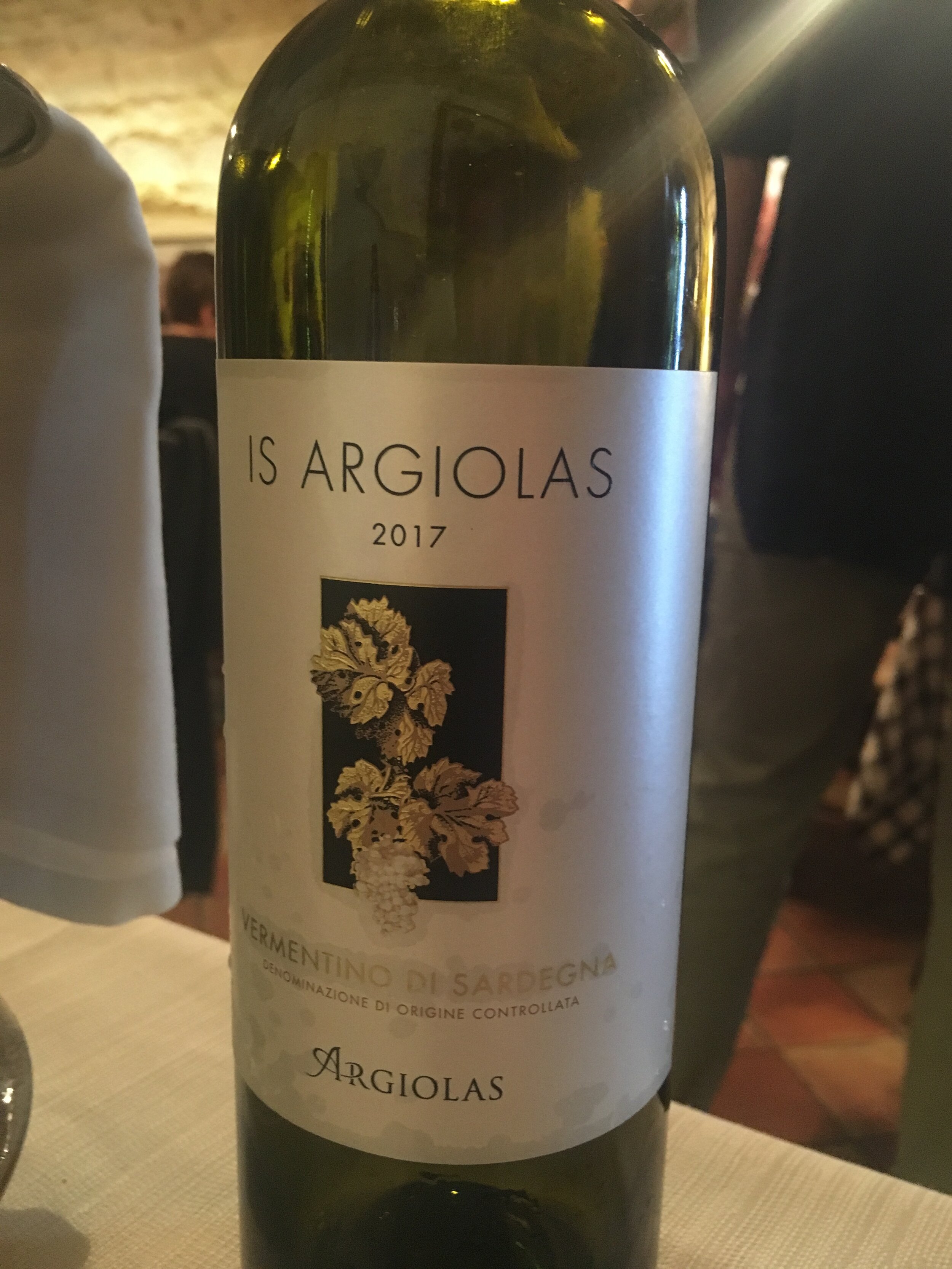Food and Wine
Beyond the beautiful water that will delight you in Sardinia, there is also food, and it is a major treat. Like Sicilian, the Sardinian cuisine was open to the influence of many cultures; in the case of Sardinia, it is the Phoenicians, Carthaginians, Romans, Arabs and Spanish. You may notice that some of the cultures are similar to the ones named for Sicilia; this is true, but the cuisines are still vastly different.
You will find some seafood, though ironically, the island is better known for its meat. One special Sardinian treat is the porceddu. This is a suckling pig that takes hours to roast, so at some restaurants, you will want to order it even a few hours ahead of time.
Thin crispy wafer like bread called pane carasau originates from Sardegna; it is also ancient with evidence that the pre-Roman Nuragic civilization ate this type of bread as early as 1000 BCE.
What’s more, the local cheese selection is killer. Even if you do not want to try the notorious Casu Marzu (or maggot cheese), there are other more conventional options. Here are some options for Sardinian cheeses. Another one listed here is casu agedu, which is also called/written casu axedu.
On a return visit to Sardinia, specifically in the area of Ogliastra, I tried it. Casu agedu is a delightful but slightly sour light and fresh cheese with a consistency closer to yogurt. This was at the suggestion of a friend from this part of Sardegna.
One night in Chia we went to a local alimentari and built a glorious aperitivo with traditional cheeses, meats, breads and some jam / confit to pair. A few bottles of the typical vermentino (white) or cannonau (red) and you will be in island paradise.
Regarding pastas, fregola is a popular Sardinian dish influenced by North African cuisine, as it does resemble a couscous even more than a pasta. I recommend it with shellfish, as the pearls of semolina are so small they easily absorb the flavors of the sea (and pair well with a mineral heavy vermentino).
Malloreddus are another type of typical pasta you will find on menus all over; it is sometimes called gnochetti sardi as they taste somewhat similar to the potato-based gnocchi because of the texture and ingredients. This regional pasta is most often served in a rich red sauce with sausage (alla campidanese).
Another Sardinian pasta, not to be left out, is the culurgiones. If the Malloreddus are referred to as gnochetti sardi (small Sardinian gnocchi), the culurgiones would be closer to a ravioli sardi (Sardinian ravioli). They are pockets of pasta stuffed with potatoes, cheese and mint, and usually dressed in a tomato sauce.
The incredible thing is also bearing witness, however, to the creation of them. They have a rather ornate design that is created after the stuffing, and at Piscin’e Janas outside of the mountain town of Baunei, you can observe the creation.
I am not always keen on desserts, so I try to remember to include the regional favorites but it does not come too instinctually, so pardon me if I leave a few out.
Seadas, however, are made for my taste buds as they are somewhat savory honey and cheese pastries. These recall some Greek desserts, and of course, the influence is there.
Another joy that I found in Sardegna was the abundance of fresh, seasonal fruit. Fichi (figs) are some of my very favorite, and we visited at a perfect time. There were many fruit vendors along the side of the road, and I was able to stop and stock up on a big box as featured in the cover photo to this post.
Wine
I love Vermentino. It is produced in a few other Italian regions outside of Sardegna, but for me, it is all about the Vermentino di Sardegna. Again, I am making an effort to be objective and featuring important wines from each region, but personally I am partial to whites, and a vermentino hits the spot (almost always) but especially with the regional cuisine. The Vermentino di Gallura earned the DOCG status; other types of Vermentino di Sardegna have DOC status and I encourage you to try many different bottles while you are there. While almost always quite dry with some minerality, the characteristics differ depending on the terroir around the island. Unsurprisigly, the vermentino pairs exceptionally well with the cuisine on the island; for example, a fregola ai frutti di mare seafood, shellfish in particular). The popular red grape from Sardinia as mentioned briefly is a cannonau, this is the name for the grape in the Sardinian dialect (language, really); you might know it as Grenache. Grenache is a popular Spanish grape, and in fact, it is thought that the variety arrived with the conquering Argonese (Spanish) in the 14th century.

